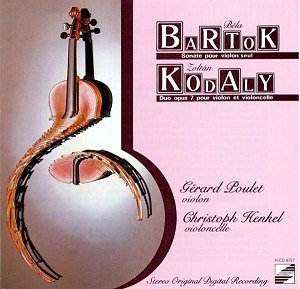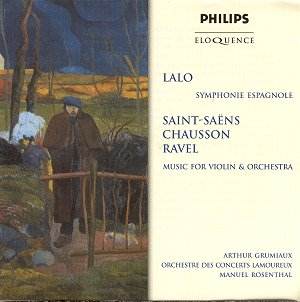 Composer: Philip Lane
Composer: Philip Lane
Works: London Salute; Diversions on a Theme of Paganini; Cotswold Dances; Divertissement for clarinet, harp and strings; Three Christmas Pictures; A Maritime Overture; Three Nautical Miniatures; Prestbury Park
Performers: Verity Butler (clarinet), Royal Ballet Sinfonia, conducted by Gavin Sutherland
Recording: Recorded in the Henry Wood Hall, London, 19–21 February 2001
Label: Marco Polo 8.225185
Philip Lane, born in 1950, represents a distinctive voice in contemporary British orchestral music, drawing upon both traditional elements and a keen sense of melodic craftsmanship. His works, often characterized by their accessibility and charm, reflect a deep engagement with the cultural milieu of the English landscape, particularly the Cotswolds. This recent release from Marco Polo presents a curated selection of Lane’s orchestral compositions, inviting listeners to explore a vibrant spectrum of musical textures and themes that celebrate both local and universal narratives.
The album opens with “London Salute,” a jubilant piece commemorating the BBC’s sixtieth anniversary. Its brass fanfares and rhythmic vitality evoke a sense of pomp reminiscent of Walton, establishing an immediate connection with the listener. The Royal Ballet Sinfonia, under the spirited baton of Gavin Sutherland, imbues the performance with a celebratory energy that is both infectious and engaging. Here, the bright orchestration shines, showcasing Lane’s adeptness at marrying traditional forms with a modern orchestral palette.
“Divertissements on a Theme of Paganini” continues this trend of playful homage, its light-hearted variations providing a delightful exploration of Paganini’s famous theme. The work, originally crafted for brass quintet, benefits from Lane’s orchestration, which enhances the color and dynamism of the piece. The performance is marked by a palpable sense of joy, particularly in the jazzy variation that cleverly juxtaposes a lively string accompaniment with a tongue-in-cheek melodic twist. Sutherland’s direction ensures that each variation maintains its distinct character while contributing to an overarching sense of merriment.
The “Cotswold Dances,” Lane’s earliest acknowledged orchestral work from 1973, offers a nostalgic glimpse into the pastoral beauty of the English countryside. Each of the five dances is imbued with a sense of place, particularly the final movement, which incorporates the traditional Gloucestershire Wassail. The orchestration here is particularly effective, painting vivid scenes that evoke both the serenity and the festive spirit of the region. The performers navigate these shifting moods with finesse, capturing the delicate interplay of lyricism and rhythmic exuberance.
The “Divertissement for clarinet, harp, and strings,” performed with verve by Verity Butler, is a gem of concise elegance. Its four movements provide a showcase for the soloist’s agility and lyrical expression, with Butler’s performance standing out for its clarity and charm. The orchestral textures complement the clarinet beautifully, enhancing the work’s inherent playfulness. This piece, along with the three Christmas portraits written during the 1980s, stands as a testament to Lane’s ability to blend festive familiarity with sophisticated orchestration.
While “A Maritime Overture” attempts to evoke a range of maritime experiences, it occasionally feels overdone, struggling to maintain coherence amidst its ambitious scope. The opening’s promise of gentle waves gives way to a turbulent sea, yet the transitions can feel forced, lacking the fluidity exhibited in other works on the disc. This observation stands in contrast to the “Three Nautical Miniatures,” which, despite their brevity, encapsulate the essence of sea songs with wit and charm. The juxtaposition of the lively “Hornpipe” with the more reflective passages injected by the central movement showcases Lane’s adept handling of mood and texture.
The recording quality is crisp and vibrant, courtesy of the engineering team, which captures the nuances of the orchestra with clarity. The bright sound is complemented by a well-balanced mix that allows individual instruments to shine while maintaining a cohesive ensemble sound. This attention to detail in sound engineering heightens the listening experience, particularly in the more intricate passages of orchestration.
Philip Lane’s music, as presented in this collection, offers a refreshing and engaging exploration of contemporary orchestral literature that is both accessible and richly layered. The Royal Ballet Sinfonia’s performances are infused with enthusiasm and technical prowess, bringing Lane’s melodies and rhythms to life with infectious energy. This disc not only serves as a wonderful introduction to Lane’s oeuvre but also reinforces the importance of lighter music in the classical canon, affirming that artistry need not eschew entertainment for depth. Each work on this album reflects Lane’s skillful craftsmanship and his deep-rooted connection to the British musical landscape, making this release a significant addition to the catalog of contemporary orchestral works.



